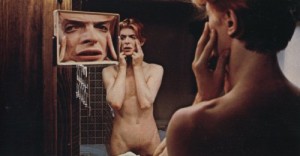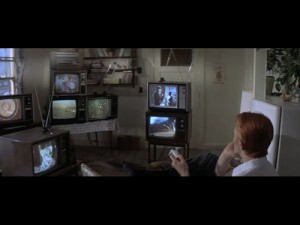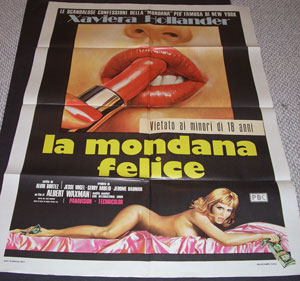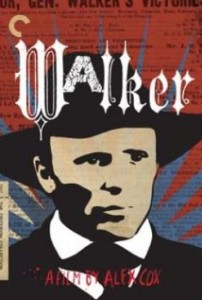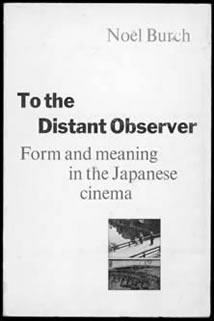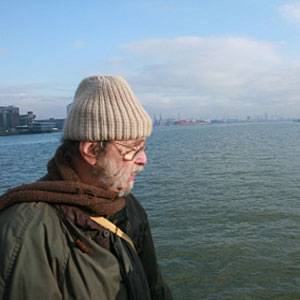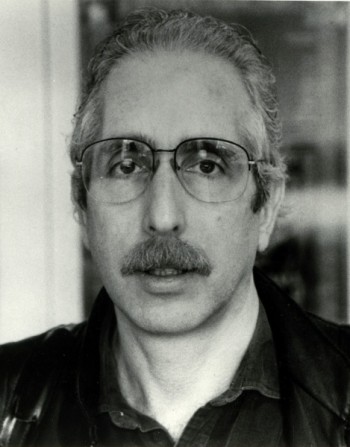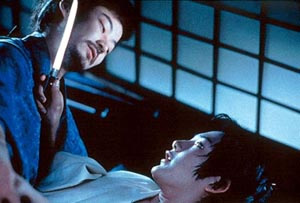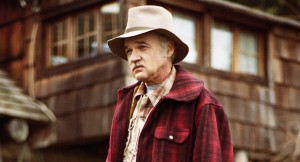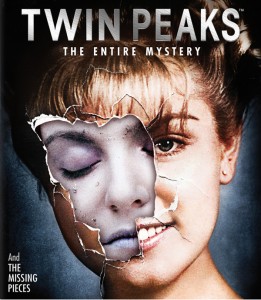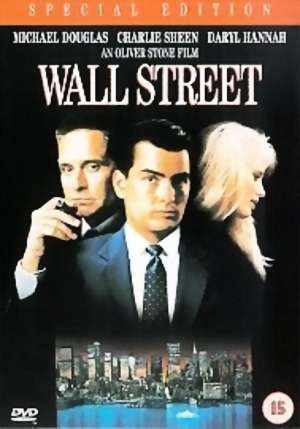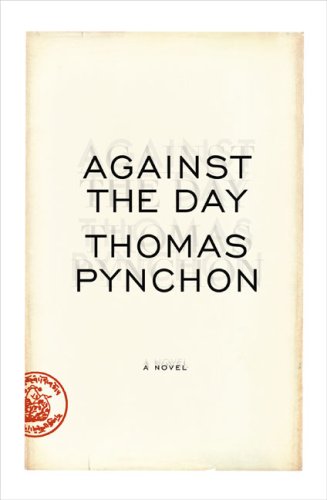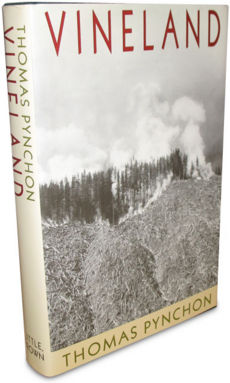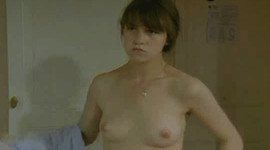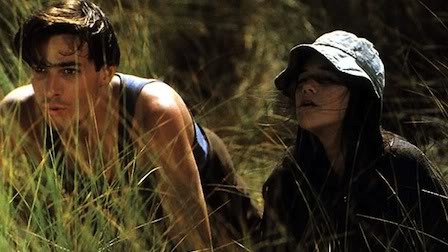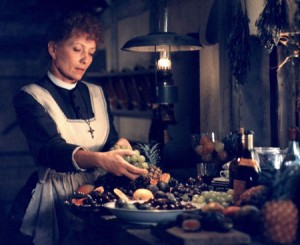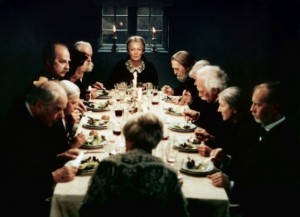From the January 7, 2000 Chicago Reader. — J.R.
To preserve and present the best world cinema, France has the Cinematheque Francaise and England has the British Film Institute; we’ve got the American Film Institute, which doesn’t even have a clue about the best Hollywood movies. Consequently most younger American viewers have never seen a film by Alain Resnais, probably the greatest living French filmmaker, who’s never made an indifferent or unadventurous film and who’s much more talented and innovative than Francois Truffaut. From Resnais’ first three features, all masterpieces — Hiroshima, mon amour (1959), Last Year at Marienbad (1961), Muriel (1963) — to dazzling later works — Stavisky (1974), Providence (1977), Mon oncle d’Amerique (1980), Melo (1986) — he’s remained a master. On connait la chanson (1997), a more accurate translation of which might be “I Recognize the Tune,” was inspired by British screenwriter Dennis Potter (Pennies From Heaven); its characters frequently break into lip-synched French pop songs, which serve as cross-references to their moods and aren’t always bound by gender. (When Resnais made similar use of French film clips in Mon oncle d’Amerique, contemporary actress Nicole Garcia was cross-referenced with Cocteau’s actor Jean Marais.) A comedy about real estate and class differences, Same Old Song was the biggest hit of Resnais’ career in France at that point; it’s less popular among viewers unfamiliar with the music, but even if you can’t follow all the nuances, this is fun and different and at times mysterious (periodically revealing Resnais’ Surrealist roots), and it superbly captures Paris in the 90s. Read more

